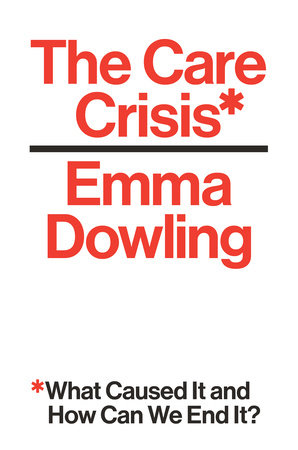PREVENTING THE NEXT PANDEMIC. Vaccine Diplomacy in a Time of Anti-science
Throughout modern history, vaccines have surpassed all other biotechnologies in terms of their impact on global public health. Because of vaccines, smallpox was eradicated, and polio has been driven to near global elimination, while measles deaths have declined more than 90%, and Haemophilus influenzae type b meningitis is now a disease of the past in the United States and elsewhere.
I define one part of vaccine diplomacy as a subset or specific aspect of global health diplomacy in which large-scale vaccine delivery is employed as a humanitarian intervention, often led by one or more of the UN agencies, most notably Gavi, UNICEF, and WHO, or potentially a nongovernmental development organization
Do vaccines really deserve their own designation for a special type of diplomacy? Yes, I believe so, especially when we consider that between the past century and this one vaccines have saved hundreds of millions of lives [2]. In this sense, the technology of vaccines and their widespread delivery represent our most potent counterforce to war and political instability in modern times. Vaccines represent not only life-saving technologies and unparalleled instruments for reducing human suffering, but they also serve as potent vehicles for promoting international peace and prosperity. They are humankind’s single greatest invention.
The greater issue is that in each of these four cases—smallpox, polio, Ebola, and COVID-19—the global health community had to respond to a crisis and scramble to rapidly develop, test, license, and distribute these vaccines. Could we also implement an anticipatory system in which nations prioritize vaccine diplomacy and routinely employ it to improve international relations? The Global Health Security Agenda does not currently emphasize vaccine development, although new organizations like CEPI and start-up innovation funds from the Japanese and South Korean governments represent promising steps toward global vaccine diplomacy. I am an enthusiastic champion of their efforts. However, I also believe that an opportunity exists for a more comprehensive effort to tackle the world’s most prevalent poverty-related neglected diseases while simultaneously expanding international scientific cooperation as a core element.
The answer might be found somewhere in the G20...













